Article for The Breeze Newspaper By Bruce Doorly
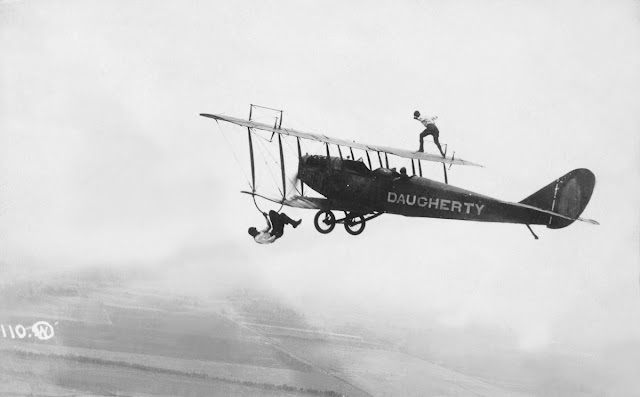
The “Somerset Airport” in Bedminster and the “Central Jersey Airport” in Hillsborough both opened back in the late 1940s. But during my research I found there was an earlier era of aviation in the 1920s where we had local airfields that are forgotten today.
During these years the safety regulations for flying were practically nonexistent and the public at air shows were fascinated by the stunts of daredevil pilots.
In 1903, two bicycle repair men, Wilbur and Orville Wright, figured out the mechanics of flying a heavier than air vehicle - kicking off the “age of flight.”
Initially flying was just for fun.
During World War I (1914-1918) aircraft technology evolved rapidly as armies were using airplanes for both surveillance and aerial combat.
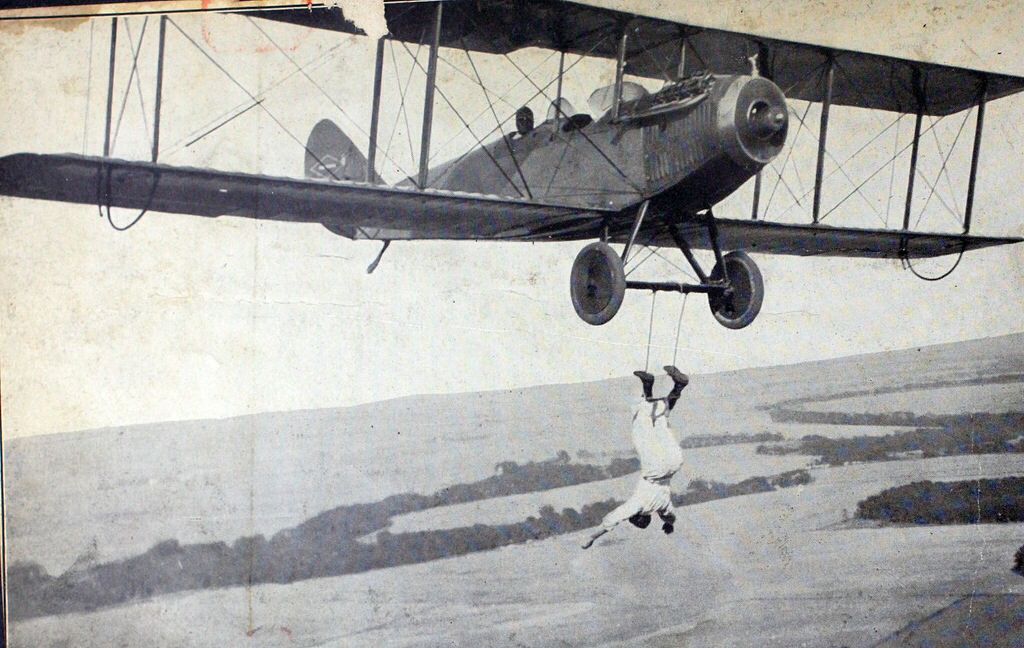
After World War I there was a surplus of airplanes.
Many of these were purchased by daredevil pilots who found that the public would turn out by the thousands to see them do dangerous aerial stunts. And dangerous they were, a lot of popular daredevils were killed while performing their routines.
They consisted of stunts such as standing on the wing of the airplane in mid-flight or climbing from a moving car into an airplane by means of a ladder that was attached to the airplane. In-flight loops and spirals were also part of the show.
Parachuting was another novelty that the crowd of that era found fascinating. The more daring of daredevils would switch airplanes in mid-flight.
After the air show, the pilots, with their two-seat “open air” planes, would offer rides to the public for a fee. This is how they made a lot of their money.
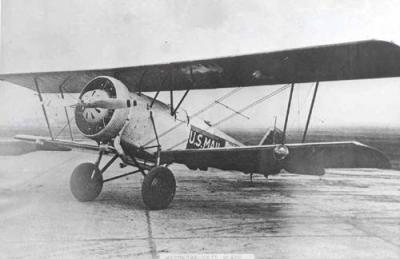
These early airfields were not paved. All that was needed was dry level land.
The airplanes were light thus they did not need as much room to take off as today’s airplanes.
Once airborne they only flew at around 80 MPH.
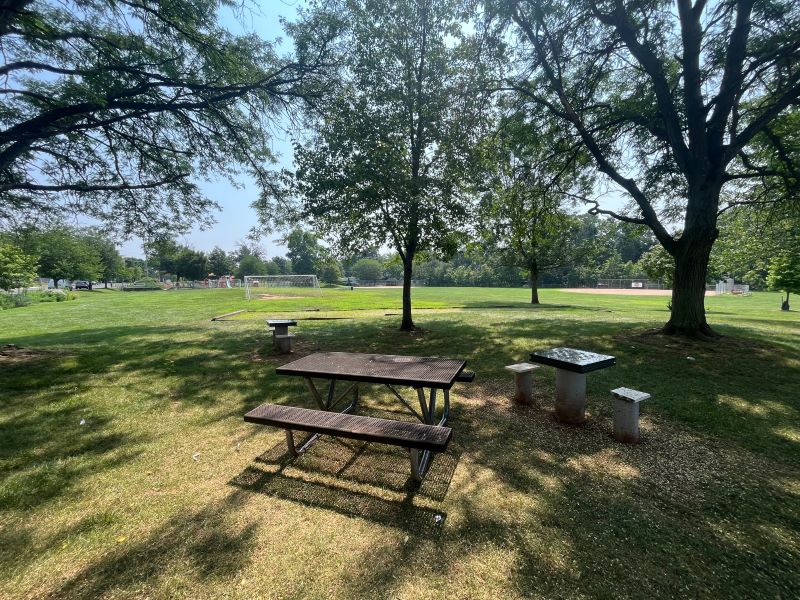
The earliest reference to a local airshow is from 1919.
A former World War I pilot, Lieutenant Ballough, who served with the Canadian Air Force during World War I, visited Somerville with his airplane for two consecutive weekends.
The flying field that he used was identified by the newspaper as the Ross Aviation Field. The property was owned by Frank Ross; a businessman whose family had a lot of property in Somerville. Where exactly the Ross Aviation Field was located is not known, but the newspaper says that it was on North Bridge Street. A detailed map from that time shows that much of the land around North Bridge Street contained buildings except for the park known today as the Carol Pager Sports Complex. So, that park, which has level land, is the leading candidate for the location of the airfield. After the 1919 articles no other references to the Ross Aviation Field are found.
In 1925 an article says that thousands gathered at the Bernhard Meyer Farm in Bridgewater to see the Gates Flying Circus, who held a two-day airshow.
Daredevil Diavolo Frantz thrilled the crowd. The newspaper printed that he “flirted with death every minute that he was in the air.” He rode horseback on the fuselage and swung from the landing gear with one arm.
As was customary, after the air show, rides were offered for a fee. That day in 1925, Mrs. Lillian Meyer was offered a free plane ride as a thanks for the use of their land. But Mr. Bernhard Meyer firmly said “no.” Flying was too dangerous.
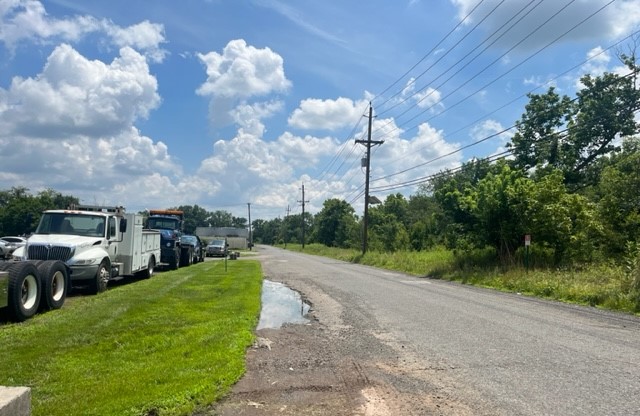
The son of Bernard Meyer, Ed Meyer, age 89, is still alive today. While most of the 300-acre farm was sold in 1934, he still lives on land that was part of the original farm. Ed was born a decade after the 1925 airshow, but family lore had it that the runway was just east of Nap Torpey Park on the section of Quarry Lane that runs East to West.
In June of 1926 a couple of ads and articles told of daredevil Dan Smith from the Jones Flying Circus performing at an airfield that was half a mile east of Somerville on Union Avenue. That would put it at the corner of Finderne Avenue.
The Jones Flying Circus was scheduled to give flying exhibitions and paid rides for just a week, but due to overwhelming demand they stayed another week. Dan Smith’s specialty was parachuting. The newspaper article said he did “awe-inspiring demonstrations with iron nerve and faith in man made life preservers.”
Years later, in 1929, Dan Smith, who had jumped over 600 times, lost his life – as he drowned when he accidentally parachuted into the Delaware River.
Like many daredevils he was killed
The Hughes Airport was not just an occasional airfield, but an airport as it had a metal hanger for airplanes.
Articles from 1927 announcing the opening of the airport say that John Hughes had purchased land in Somerville from the Richards family. It said that this land was located just over the border from Bridgewater and south of Union Avenue. That border between Somerville and Bridgewater is Adamsville Road. The first two streets going west and parallel to Adamsville are today Auten Avenue and Richards Avenue – obviously named after the family that once held the land.
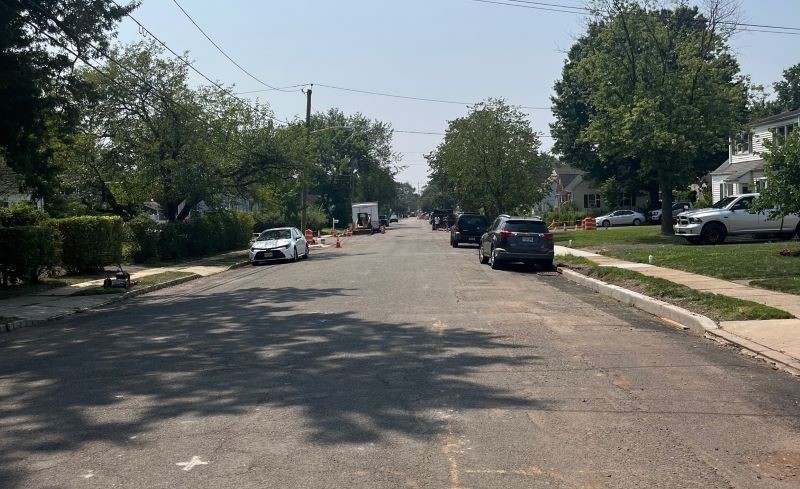
But after two years, in 1929, the metal hanger was dismantled and sold. Articles from 1930 mention a couple of emergency landings at the abandoned Hughes Airport, but after that there are no references to the airport.
When posting on Facebook asking if anyone knew about the location of an airport that was once located in that vicinity – one gentleman said that his grandfather told him that Auten Road was once an airstrip. That single reference is all that we have to possibly pinpoint the exact location. Today when one views Auten Avenue (constructed in 1941) we see that it is perfectly straight and level, thus one can imagine a runway in that spot.
could have been the exact location of the runway
In 1926, Congress passed the Air Commerce Act, establishing the forerunner of the Federal Aviation Administration. Within a few years they enacted safety regulations for aviation.
As a result, the barnstorming days of the daredevil pilots were over.